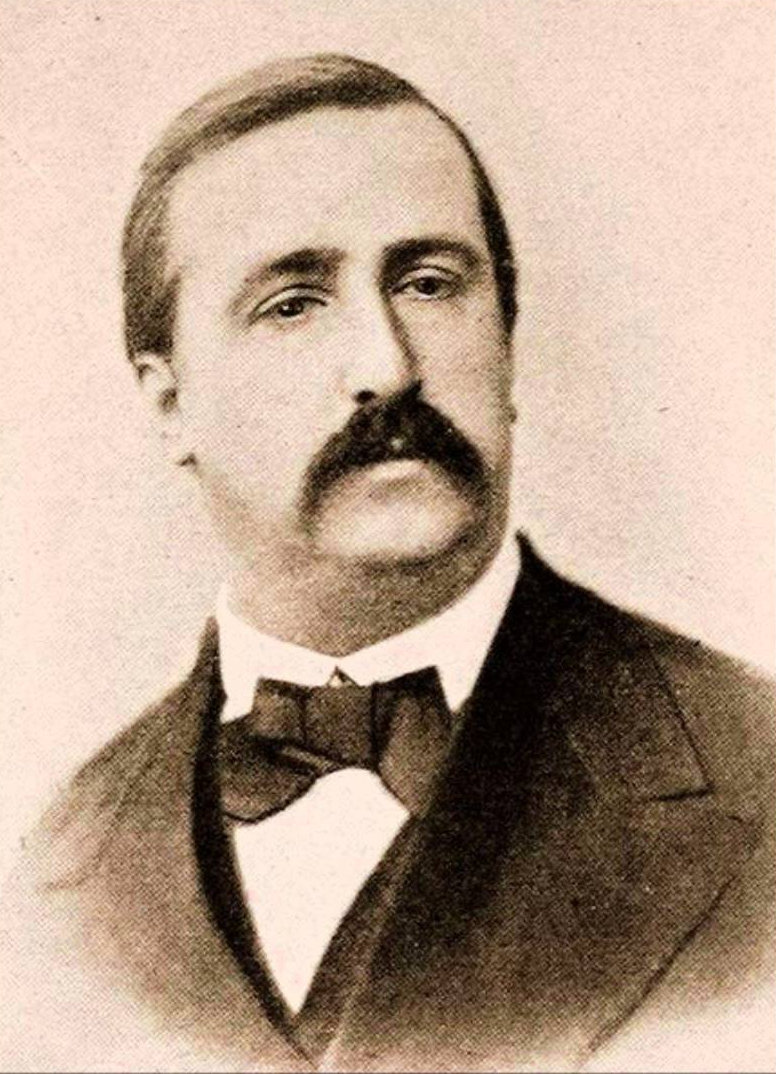|
||
|
Alexander Porfiryevich Borodin was born in St. Petersburg on the 12 November 1833. He was the illegitimate son of the Georgian Prince Gedeanov and his 24 year old mistress Madame Antonova, and for the sake of his father’s reputation was registered as the son of Porfiri Borodin, one of the household servants. He showed considerable diverse talents as a youth speaking several languages, and learning the flute piano and cello. At the age of nine he wrote his first musical composition: a piano duet. In 1850 at the age of 17, he entered the Medico-Surgical Academy at St. Petersburg, where he studied anatomy, botany, chemistry, crystallography and zoology. He developed both his interests in music and chemistry, and qualified in medicine in 1856. On graduation he spent a year as house surgeon in a military hospital, followed by three years of more advanced scientific studies in western Europe specialising in chemistry. Throughout his life music was subordinate to his research and lecturing at the Academy in St Petersburg. He never had enough time for composing and he joked that his musical friends wished he were chronically sick, since he worked in his laboratory when healthy and wrote music only when ill. He became part of a group of composers known as the “Mighty Handful”. They were pioneers of a new nationalistic approach to Russian music favouring folk idioms and simple lyrical beauty and opposing the cerebral approach of Wagner and the other contemporary German composers. In the Steppes of Central Asia was intended to be one of a set of tableaux vivants to celebrate the silver anniversary of the reign of Alexander II of Russia. In the event it was the only piece completed. At the time of its composition the Russian Empire had grown to its largest extent, stretching from the Baltic and the Black sea over to the Pacific Ocean. The nationalist movement in the arts depicted the Russians as bringing peace, civilization and prosperity to the empire. Borodin's piece is a particularly good example of this idealistic standpoint. He wrote: “In the silence of the monotonous steppes of central Asia is heard the unfamiliar sound of a peaceful Russian song. From the distance we hear the approach of horses and camels and the bizarre and melancholy notes of an oriental melody. A caravan approaches, escorted by Russian soldiers, and continues safely on its way through the immense desert. It disappears slowly. The notes of the Russian and Asiatic melodies join in a common harmony, which dies away as the caravan disappears in the distance.” The vastness of the Steppes is depicted by a high harmonic note on the violins, which persists through most of the piece. The Russian theme is heard first on the clarinets, then on the horns. The oriental theme is played first by the Cor Anglaise - an instrument often used by Russian composers to symbolise the exotic east. The work was first performed on the 8th April 1880 in St. Petersburg and was conducted by Borodin's close friend Nicolai Rimsky-Korsakov. From then on it has remained a popular work in the concert repertoire. Paragraphs In the Steppes of Central Asia was performed by the Portobello Orchestra on the 21st November 2015, conducted by William Church. back |

